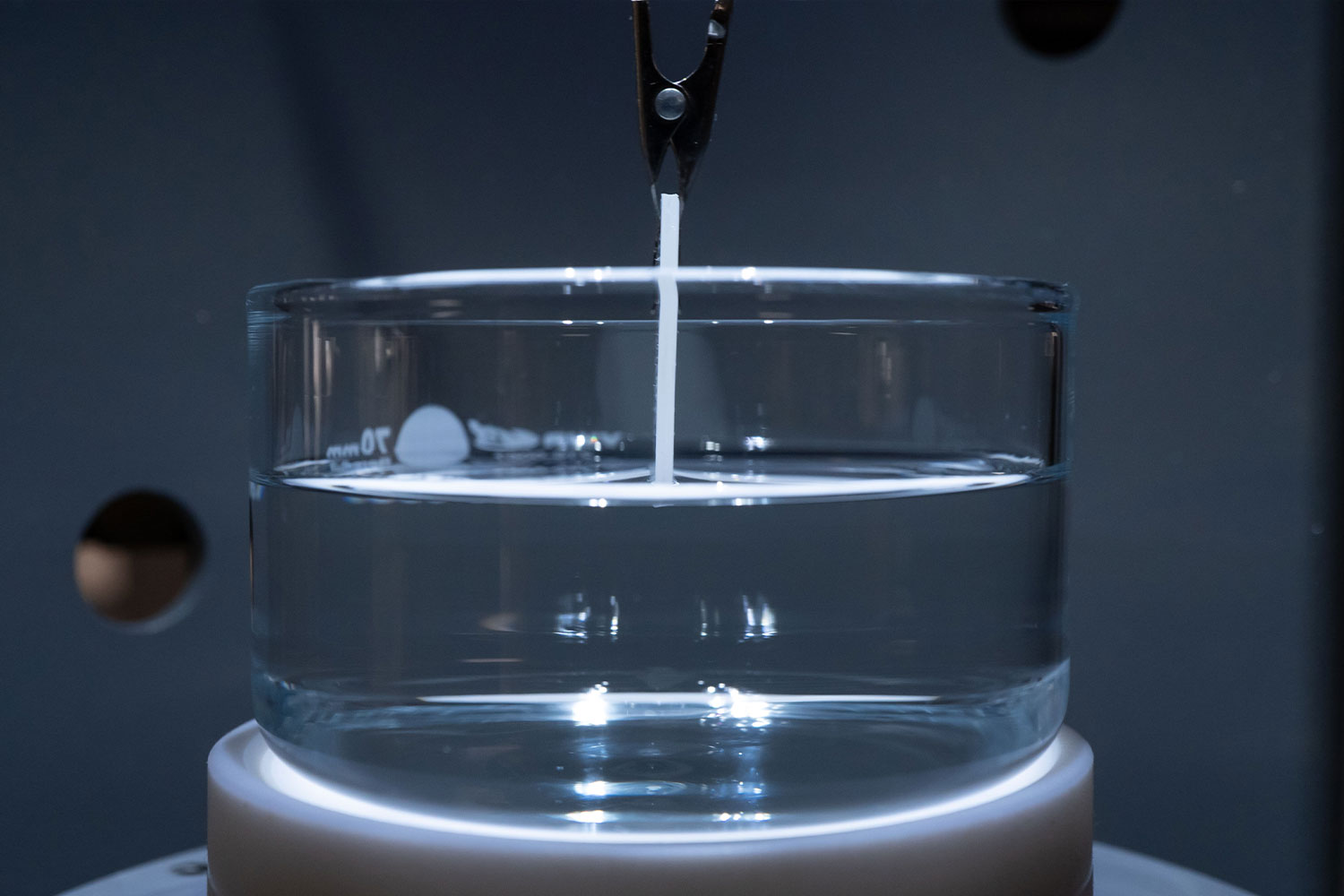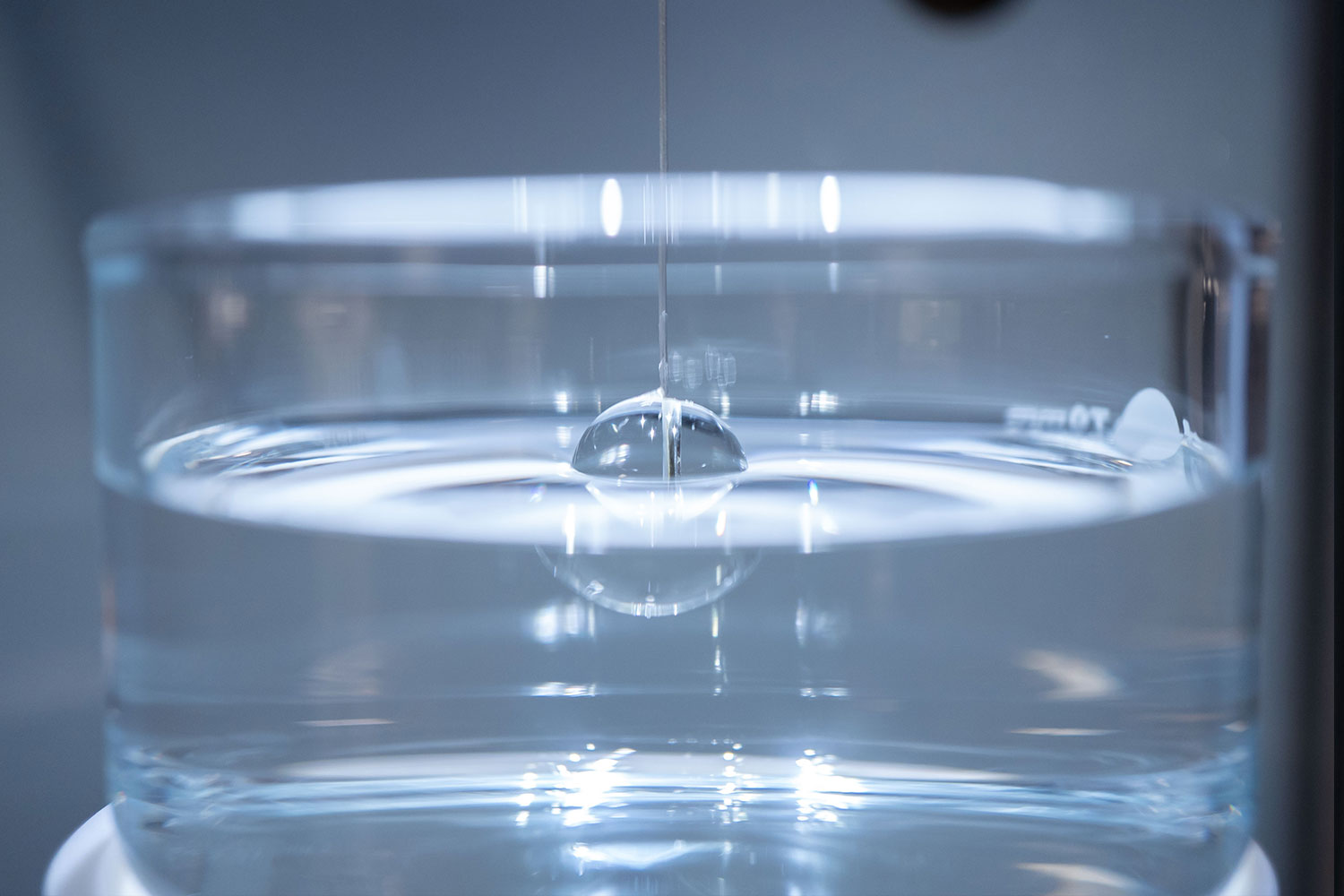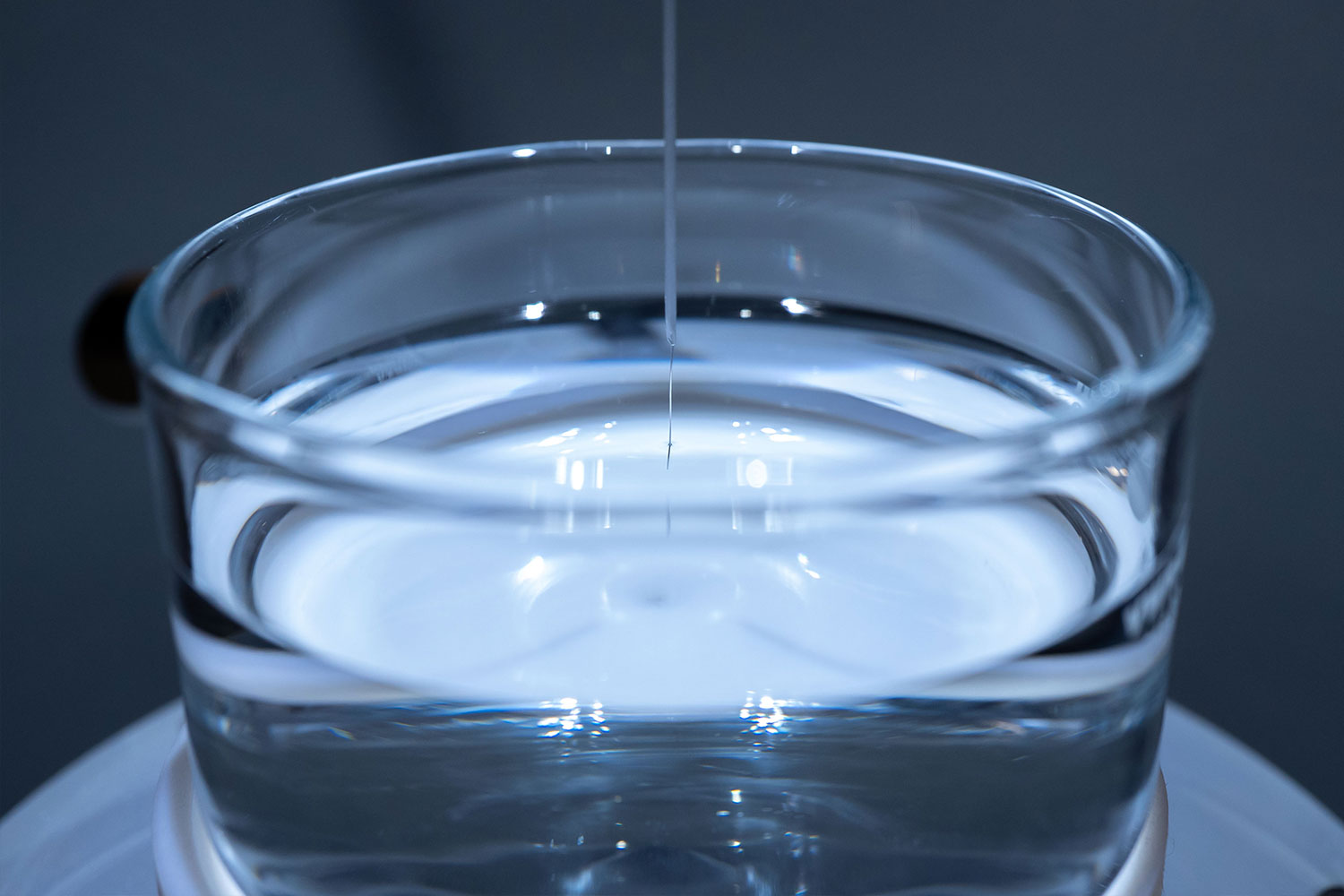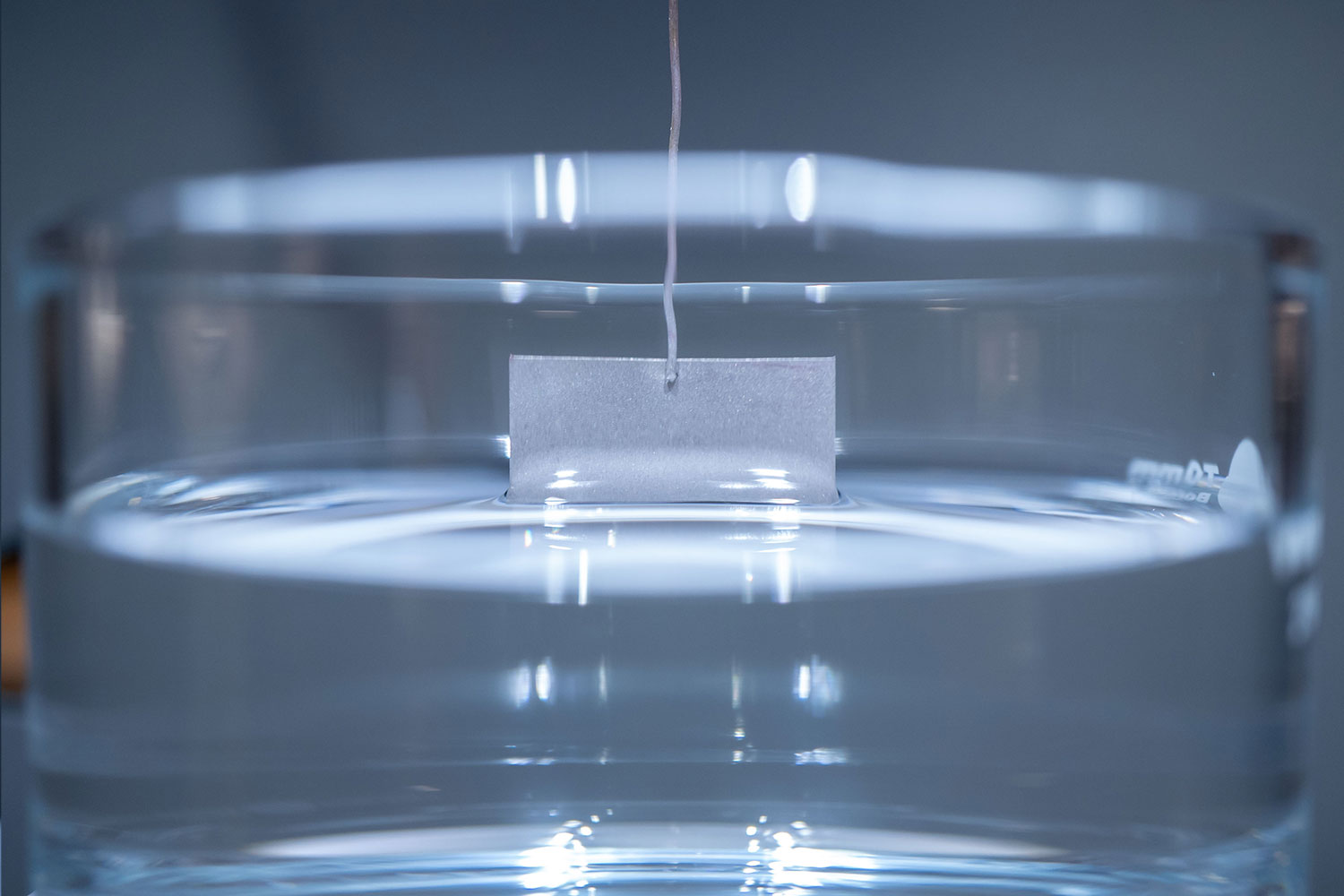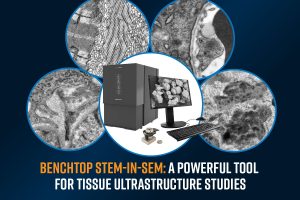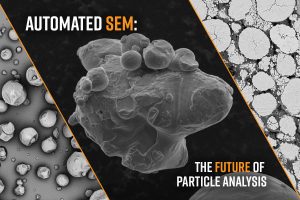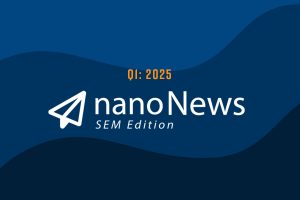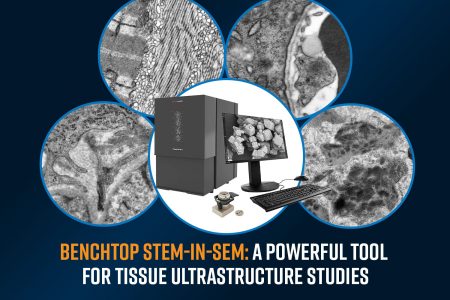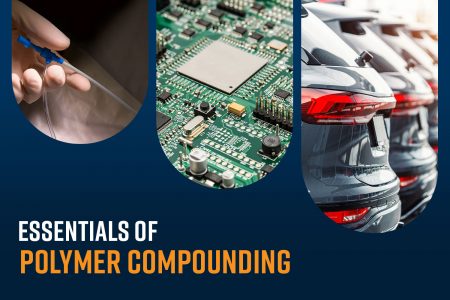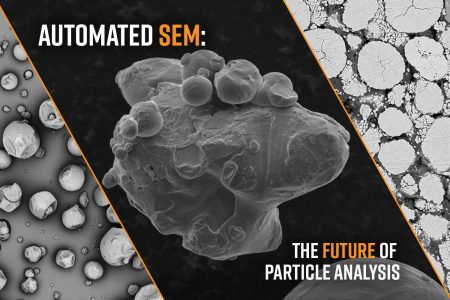What is a Force Tensiometer?
A force tensiometer is an instrument that uses a highly sensitive analytical balance and specialized probes to characterize several key interfacial properties. Even though it is most used to measure surface and interfacial tension, force tensiometers are capable of a variety of other measurements including contact angle, adhesion and cohesion, critical micelle concentration, and powder wettability.1 2

Force tensiometers are widely used in several industries including:
- Pharmaceutical industry to ensure proper formulation of emulsions, dispersions, and drug delivery systems3
- Coating and paint industry to evaluate wetting properties to improve adhesion4
- Cosmetics industry for assessing emulsifier efficiency in creams and lotions5
- Food and beverage industries for optimizing emulsification and stability of dairy products, sauces, and beverages6
- Petrochemical industry for studying the interfacial properties of fuels, lubricants, and surfactants7
Key Factors Influencing the Cost of Force Tensiometers
Several factors determine the price of a force tensiometer. Understanding these factors can help buyers prioritize features based on their requirements.
1. Accuracy and sensitivity
One of the most significant determinants of a tensiometer’s price is its measurement accuracy and sensitivity. High-precision instruments, capable of detecting minute variations in surface tension, typically cost more due to the advanced sensors and calibration mechanisms used.
2. Measurement Capabilities
Basic measurements like surface tension and interfacial tension are standard features in almost all force tensiometer models. Other measurements like powder wettability, sedimentation rate, critical micelle concentration, and dynamic contact angle require more sophisticated systems. Instruments capable of more measurements cost more.
3. Software
Most basic instruments operate as stand-alone systems with limited user customization and only basic data export. Typically, only more expensive systems offer full software integration for fully customizable measurement recipes, data analysis, and data export.
4. Automation
Manual models are most affordable but require more user expertise and time. More automated systems simplify the measurement process, ensuring repeatability and increasing throughput but also increasing cost.
5. Balance and Stage Quality
High-resolution balances and precise sample positioning enable the most precise force measurements. Systems with higher force resolution and sample stage positioning resolution will cost more.
6. Customization and specialized features
Some force tensiometers come with specialized features such as environmental enclosures, customized probe designs, or unique testing methodologies tailored for specific applications. These customizations can drive up costs significantly.
7. Accessories
Specialized accessories like different measurement probes, temperature controllers, and environmental chambers can offer more measurement possibilities. However, they also significantly raise costs.
8. Service and Warranty
Extended warranties, calibration services, and preventative maintenance plans increase the overall cost. High-end models often include additional support packages that include application support and remote troubleshooting from expert scientists and access to field service technicians or in-house repairs.
Price Range of Force Tensiometers
The price of force tensiometers varies significantly depending on their features, from entry-level models designed for basic academic research to high-end models used in advanced industrial R&D. The following is an overview of their typical cost categories:
Entry-Level Models:

Entry-level tensiometers are suitable for basic liquid surface and interfacial tension measurements. These instruments are typically stand-alone units without software integration and require manual positioning of the liquid sample and probe for measurement. They are usually capable of only surface and interfacial tension measurements, although some models can also measure liquid density. Entry-level systems range in cost from $5,000 to $15,000.
The Attension Sigma 703D is an entry level manual standalone tensiometer for accurate measurements of surface and interfacial tension (Platinum Du Noüy ring, Platinum Wilhelmy Plate), and density.
Mid-Range Models:

Mid-range force tensiometers offer some automation for ease of use, improved accuracy, and user independent results. Like the entry-level models, mid-range models are typically stand-alone units limited to surface and interfacial tension and density measurements. However, unlike entry-level systems, these instruments have a motorized stage for automated positioning of the liquid sample and probe for measurement. These instruments are ideal for applications that require more precision and throughput, like quality control. Mid-range systems can range in cost from $15,000 to $25,000.
The Attension Sigma 702 is a semi-automatic standalone force tensiometer for surface tension, interfacial tension, density, and manual critical micelle concentration measurements. The Sigma 702 is designed for ease of use and the results are displayed on a large integrated screen. The instrument comes equipped with data software and can be connected to an external computer for additional data storage and simple reporting.
High-End Models:

High-end force tensiometers are state-of-the-art systems designed for complex and precise measurements. Unlike entry and mid-range models, high-end force tensiometers have full software integration tailored for industrial research. Automated features like motorized sample movement for user-independent measurements come standard with these systems. In addition, these instruments have flexibility for more diverse measurements than just surface and interfacial tension, such as powder wettability, sedimentation rate, and critical micelle concentration. Instruments in this range are ideal for complex measurements requiring the most accuracy and throughput and applications that require measurements beyond simple surface and interfacial tension. High-end systems typically cost $30,000 and above.
High-end models such as Attension Sigma 700 and Sigma 701 are automated, state of the art tensiometers that offer the most sensitive measurements over the largest range of measurement options. The Sigma 700 has maximum load capacity of 210 g while the Sigma 701 measures over a narrower range (maximum load of 5g) but with higher sensitivity. The Sigma 700 is ideal for measurements of heavier samples like powders while the Sigma is ideal for measurements of lighter samples like fibers.
Conclusion
A force tensiometer’s cost is influenced by a combination of factors, including its measurement precision, available features, level of automation, and measurement capabilities. Entry-level models provide basic functionality at a lower price, while high-end systems offer advanced automation and expanded measurement options for industrial and research applications. When selecting a force tensiometer, it is essential to balance budget constraints with the required measurement precision, automation, and software integration. Understanding these factors helps ensure that buyers invest in a system that meets their specific application needs.
References
- Miyama, M.; Yang, Y.; Yasuda, T.; Okuno, T.; Yasuda, H. K. Static and Dynamic Contact Angles of Water on Polymeric Surfaces. Langmuir 1997, 13 (20), 5494–5503. https://doi.org/10.1021/la960870n. ↩︎
- Zul, N. F.; Hairul Anuar Tajuddin; Ahmad, N.; Zul; Sadidarto, A. B.; Abdullah, Z. Influence of Hydrogen Bonding on Low Critical Micellar Concentration Value and Formation of Giant Vesicle of Triazole‐Contained Amphiphile. Journal of Surfactants and Detergents 2020, 24 (2), 243–253. https://doi.org/10.1002/jsde.12468. ↩︎
- Li, M.; Alvarez, P.; Orbe, P.; E. Bilgili. Multi-Faceted Characterization of Wet-Milled Griseofulvin Nanosuspensions for Elucidation of Aggregation State and Stabilization Mechanisms. AAPS PharmSciTech 2018, 19 (4), 1789–1801. https://doi.org/10.1208/s12249-018-0993-4. ↩︎
- Bemerw Kassaun, B.; Fatehi, P. Solvent-Free Lignin-Silsesquioxane Wood Coating Formulation with Superhydrophobic and Flame-Retardant Functionalities. Chemical Engineering Journal 2024, 493, 152582. https://doi.org/10.1016/j.cej.2024.152582. ↩︎
- McMullen, R. L.; Ozkan, S.; Gillece, T. Physicochemical Properties of Cellulose Ethers. Cosmetics 2022, 9 (3), 52. https://doi.org/10.3390/cosmetics9030052. ↩︎
- Tabilo-Munizaga, G.; Villalobos-Carvajal, R.; Herrera-Lavados, C.; Moreno-Osorio, L.; Jarpa-Parra, M.; Pérez-Won, M. Physicochemical Properties of High-Pressure Treated Lentil Protein-Based Nanoemulsions. LWT 2019, 101, 590–598. https://doi.org/10.1016/j.lwt.2018.11.070. ↩︎
- Shakil, M.; Mahboob, A.; Kamal, M. S. Poly(Oxyethylene)-Amidoamine Based Gemini Cationic Surfactants for Oilfield Applications: Effect of Hydrophilicity of Spacer Group. Materials 2020, 13 (5), 1046–1046. https://doi.org/10.3390/ma13051046. ↩︎



